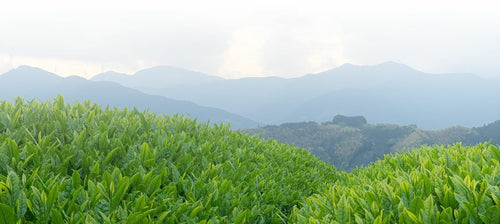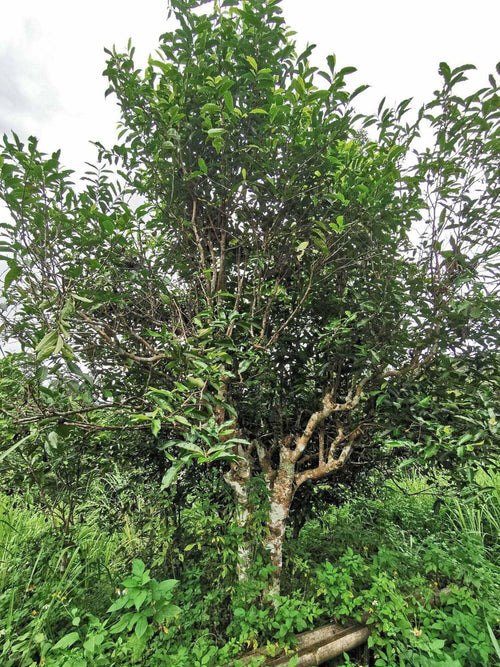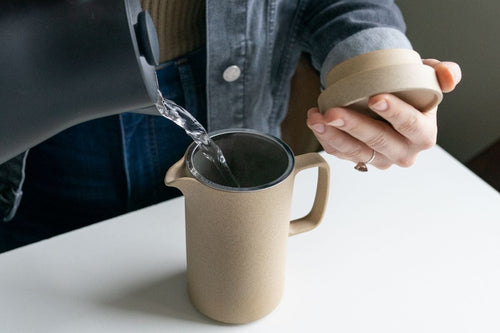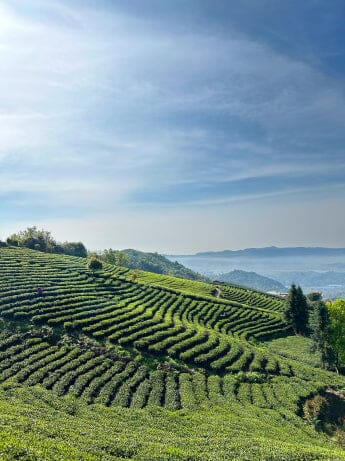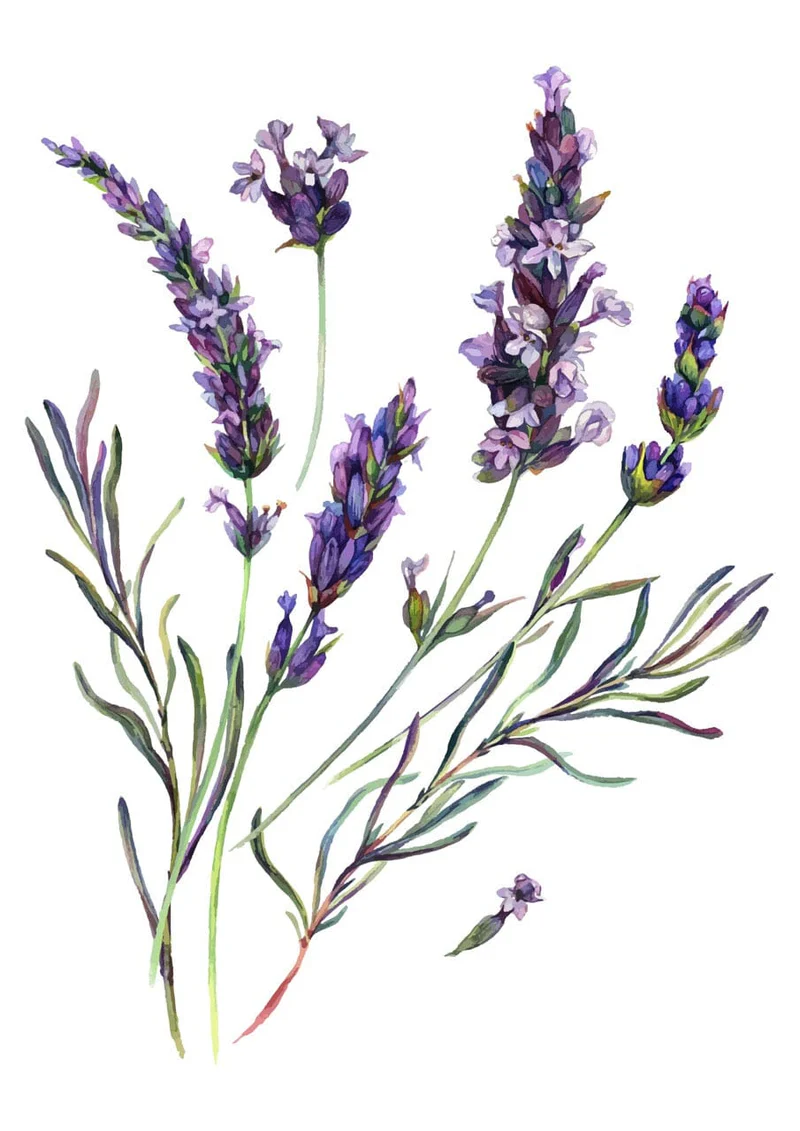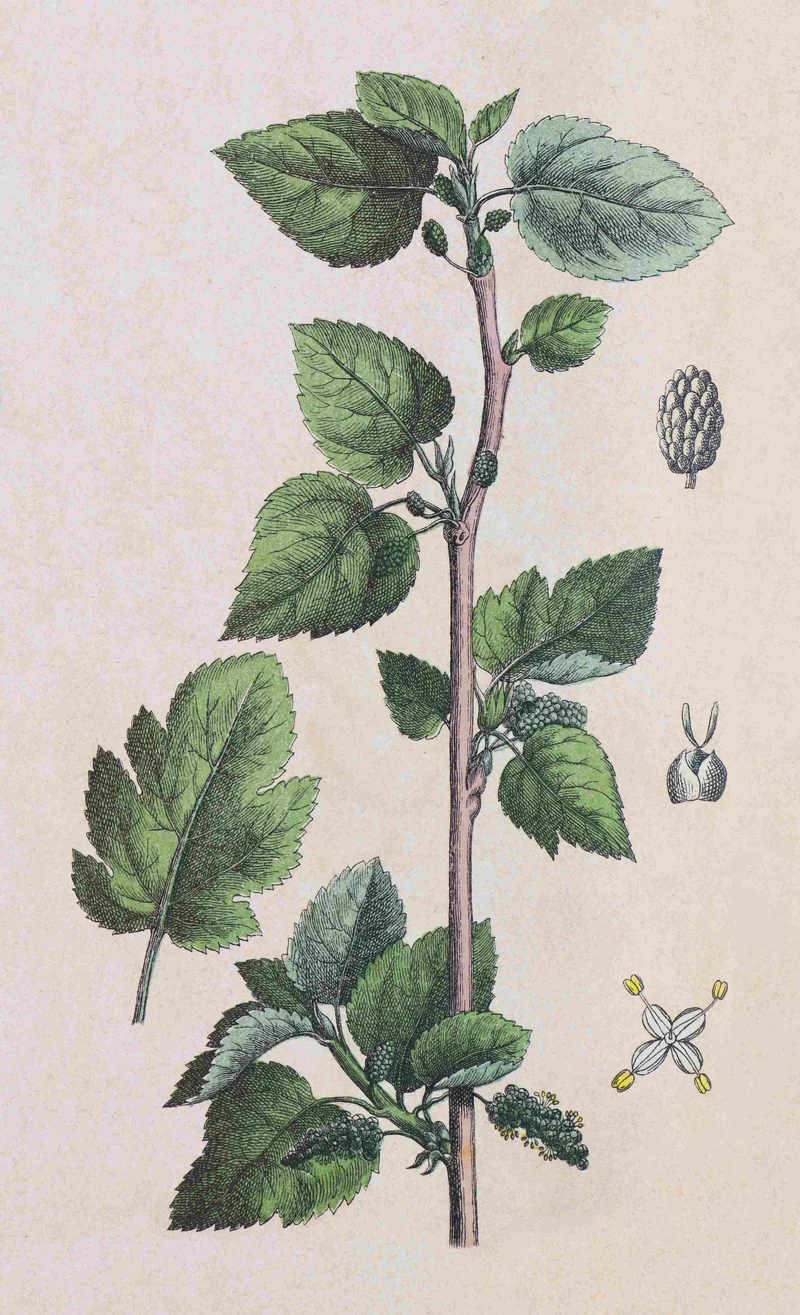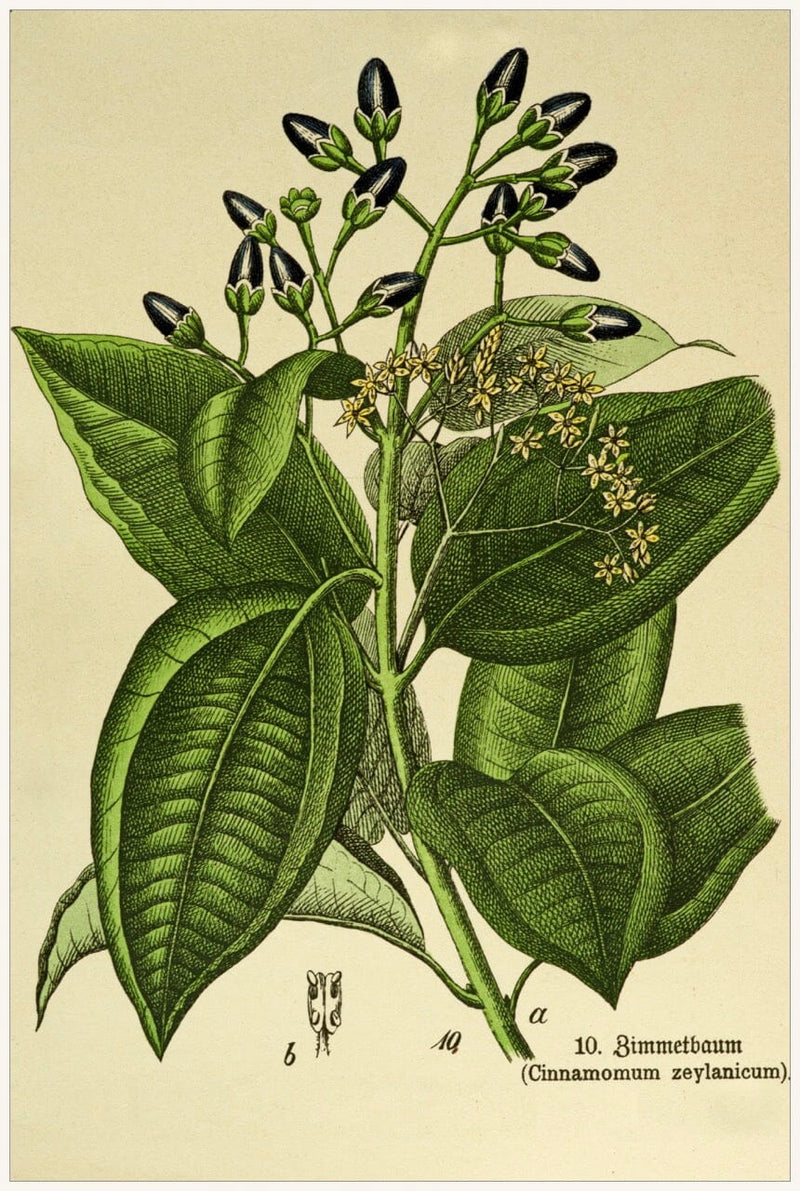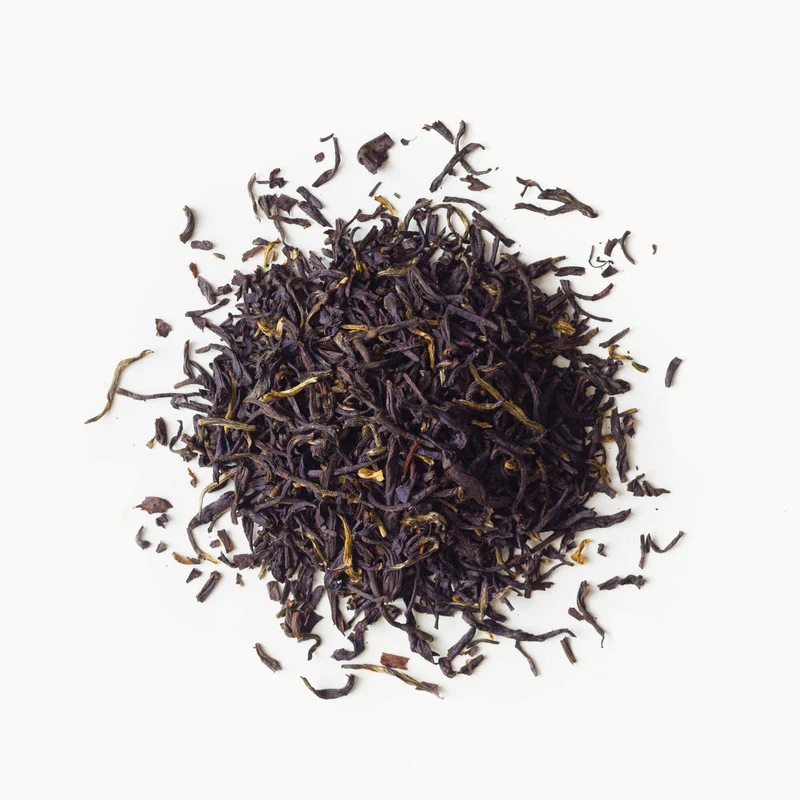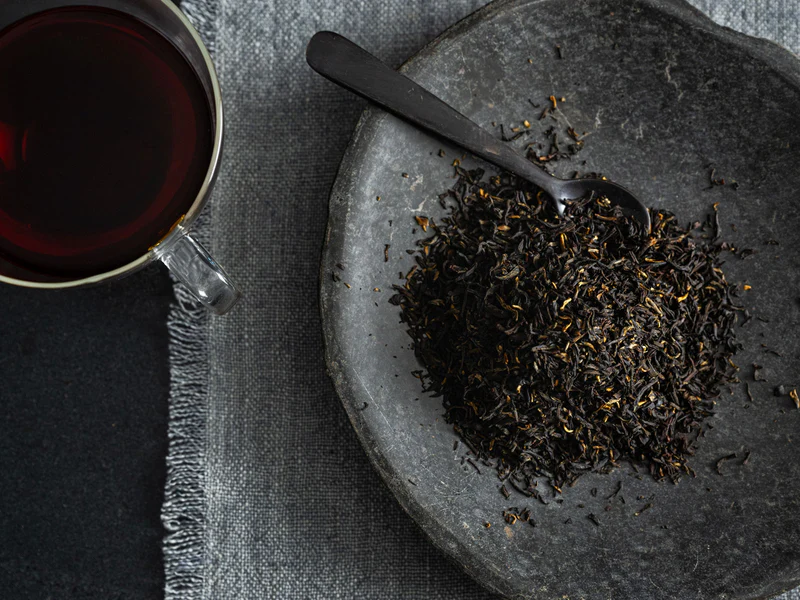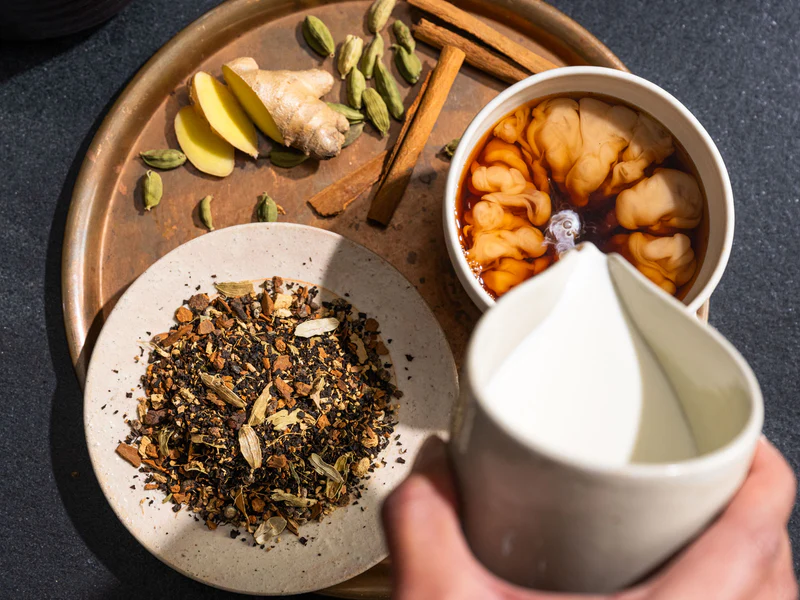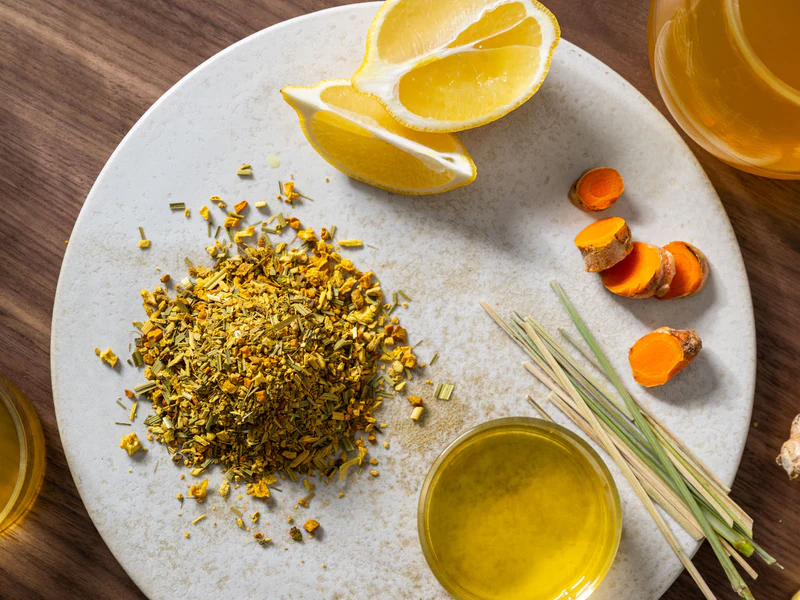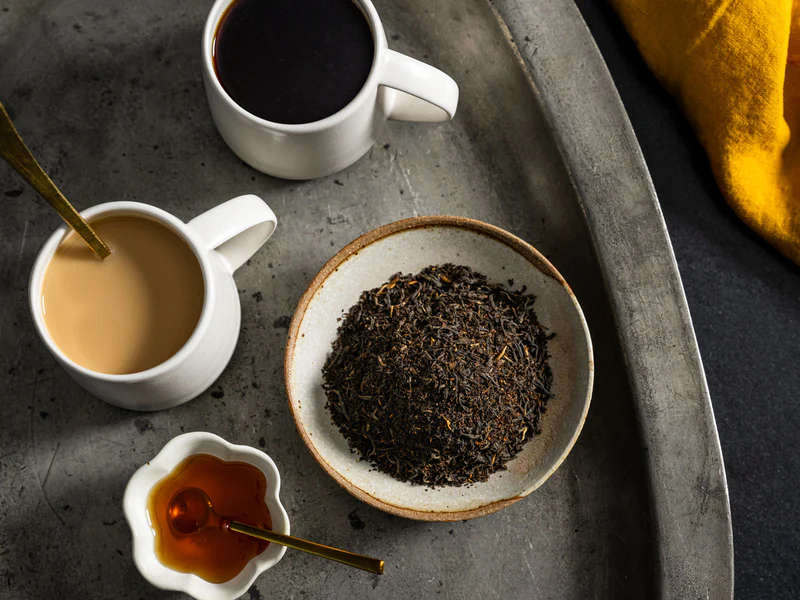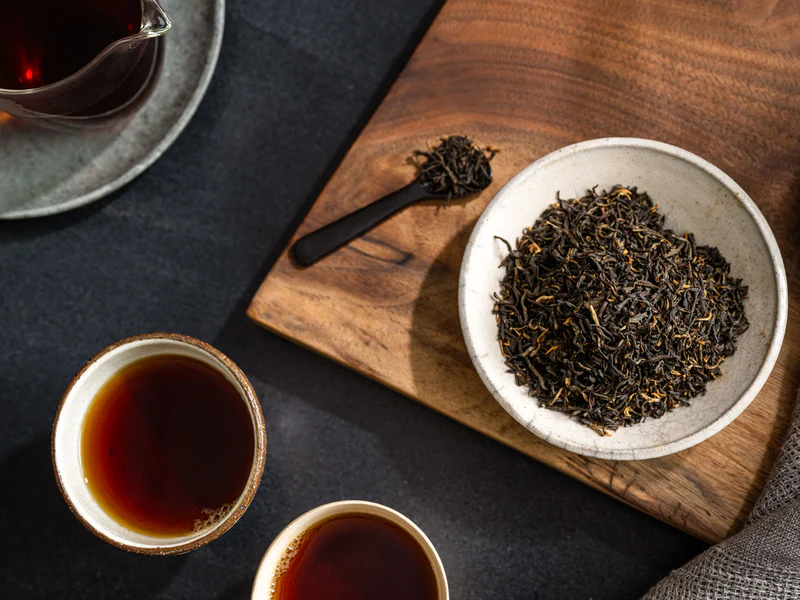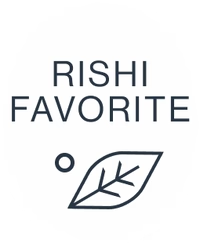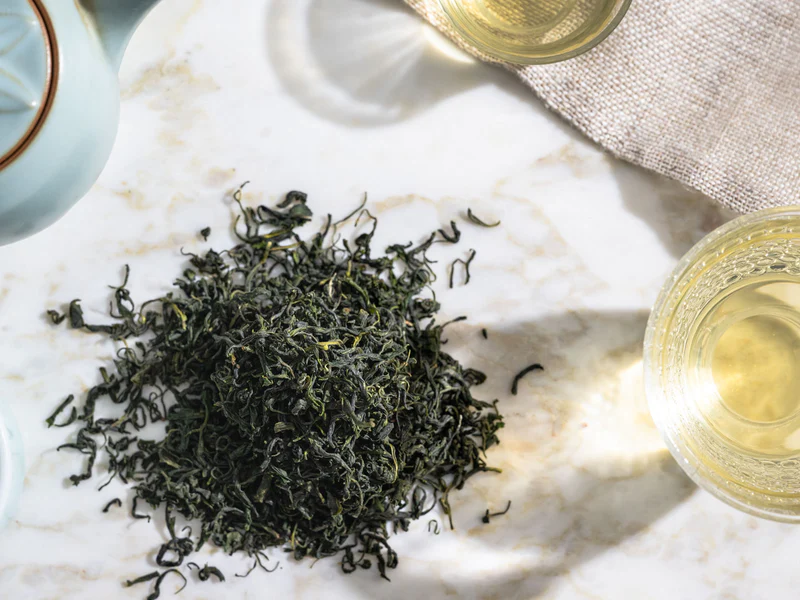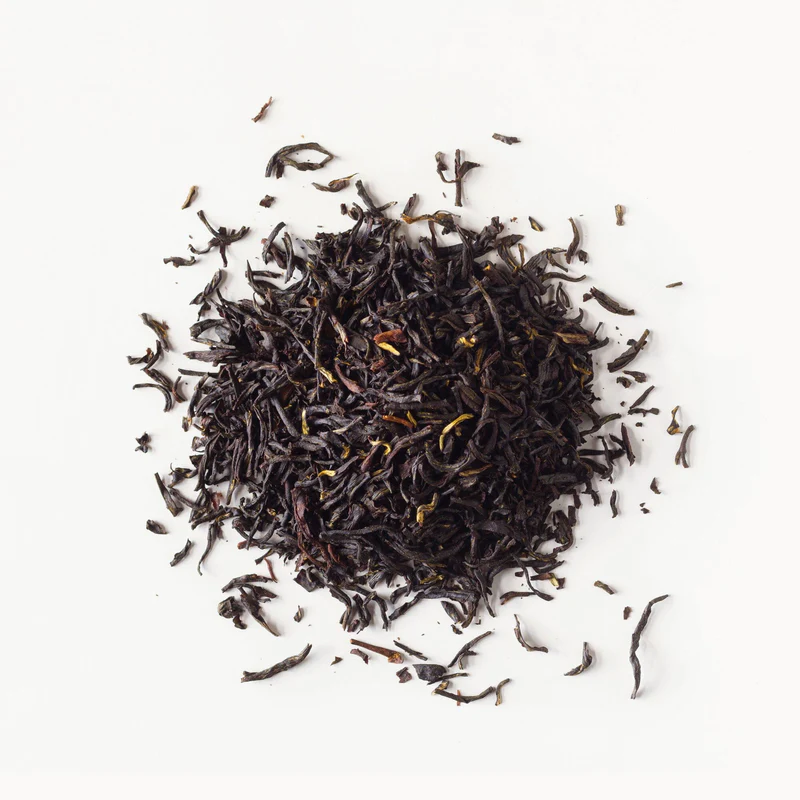Gongfu Cha (literally, “Kung Fu Tea”) is a traditional Chinese term that refers to brewing tea with discipline and skill. One needs a few things to get started on the gongfucha path: great tea, the right teawares and water. Gongfucha is often understood as a method of brewing teas using particular tea-wares and vessels such as a gaiwan, a appropriate sized clay or porcelain teapot, a sharing pitcher, and tasting cups. The practice of Gongfu (martial arts) requires intense deliberation, focus, mindfulness and repetition to develop skill. The Gongfu Cha tea arts carries a similar gravity and intensity for practitioners of the tea ceremony but as one lives a life with tea, these skills can be used casually and daily to brew the best tasting tea in your own way.
TYPES OF TEAWARE
When you choose teaware for Gongfu cha it is important to choose items that complement your tea. The type of vessel, the shape of the vessel, the decantation speed and the material the wares are made with are primary considerations. Just as it would be unexpected to serve beer in a Bordeaux glass, the same is true with the teaware you select to match your tea. Here are a few things for you to considerations when choosing your teaware for Gongfu Cha.
TEAPOTS
There are several types of teapots that can be used for Gongfu Cha. These include small pots and Gaiwans and each are available in multiple shapes and sizes. You also need to choose the material of the teapot based on the type of tea you plan to brew. Porous earthenware and certain clay types are better for deep roasted or fermented dark teas , while porcelain, glass and impervious glazed wares are better for more fragrant , aromatic , fresh, bright or greenish teas.


Small Pots
Gongfu style tea pots are made smaller and are meant to brew many infusions of the same tea leaves during a tea session. Their volume typically ranges from 150mL-350mL, and the size used depends on number of guests and shape of the tea leaves. Teapots with wider, flatter bottoms, such as the Stone Ladle Teapot are best for chunky Pu’er cha and breaks of compressed cakes or wiry, long leaves like Dancong. If you are brewing ball-rolled oolong teas be sure to select a shape that will allow the tea to completely unfurl by the end of the brewing session such as the Qing Xiang Porcelain Tea Pot or the Pear Shaped Teapot.


Gaiwan
Gaiwan typically have a volume of 150mL- 200mL depending on the number of guests. It is the most versatile and best shape for all types of teas but you need practice to develop the brewing styles. Usually tea experts that get used to a gaiwan find it to be the most used tea infuser in their daily tea lives. The distinct shape of our gaiwan is suitable for many different types of tea and everyday gongfucha.


Serving Pitchers
A Cha Hai茶海, or Serving Pitcher, is an important part of Gongfu service. Decant the entire infusion from your guywan or teapot into a serving pitcher. The serving pitcher is a type of glass decanter that ensures each guest gets the same strength and flavor of tea in their cup. Glass is a great material, as it works with any style of tea and allows you to see the attractive infusion color.
Teacups
Gongfu teacups are usually moderate or small sized to hold a small amount of tea. When you brew your tea with gongfucha style, you will use more tea than usual and multiple brief infusions of the same leaves to enjoy the concentrated impact and characteristics of the tea. Smaller tea cups allow us to enjoy many rounds of brewing and experience the full essence of the tea.
Teaware Materials
The clay, porcelain or type of material you choose for your teapot or guywan is one of the most important decisions you make when practicing Gongfu Cha. There are several materials and each has their own benefits. Some are desirable for all types of tea and other are more specific to a more finite group of teas.
Glass
Glass is a great material to work with, as it can work with any type of tea and does not need to be dedicated to only one type because it is not reactive to tea or absorbent of tea’s flavor. In this way, your teapot won’t taste like the tea that was brewed in it previously but will taste purely of the tea of the moment. The glass allows the infusion color to be observed during brewing and can add an extra element to tea presentations. We offer a serving pitcher in glass material that we like to think of as a glass decanter.
Earthenware & Clay
Earthenware and other materials are favored for deep roasting tea, aged tea or deep fermentation teas like Ripe Pu’er or roasted oolongs. Depending on the type of clay, there may be different levels of porosity which affect suitability for particular types of tea. Certain clay and mineral blends can end up with semi-porcelain surface, which would be suitable to most types of tea. This includes the red clay Pear tea pot and Stone Ladle teapot which have very tight pores and are nearly impervious and non-absorbent.
However, other types of clay such as Purion used by Lins Ceramics or the purple clay used in our Round Ball Teapot are more porous and best used with only one type of tea, such as Shu Pu’er, Tieguanyin or Ruby Oolong.
Purion is composed of clay and minerals, is semi porous and has a rustic, tactile feel. The material will absorb the essence of your tea over time. This type of porous composition is also well suited for more oxidized and baked oolong in the Nong Xiang or “deep fragrance style,” so long as you choose the tea you will brew in your pot and do not deviate from its original purpose.
White Porcelain
Porcelain can work with any type of tea and does not need to be dedicated to only one type. Porcelain is impervious and does not alter the taste of tea and that is why it is the optimal selection for tea tasters who evaluate teas. Teas that are lesser oxidized with flowery aromas and teas with a specialized focal fragrance perform best with porcelain material. Examples of teas with a specific fragrance include those delicate aromas of green oolong (Qing Xiang or “clear fragrance”), Gao Shan Cha “High Mountain Teas,” premium Darjeeling and Eastern Beauty teas alike.
Purion Teaware by Lin’s Ceramics
Qing Xiang Porcelain Tea Pot, White Gongfu Teacup and Glass Serving Pitcher
Regardless of where you are at in your tea journey, you can always begin with items you have at home. Experimenting with different shapes of teawares, as well as materials can increase your first-hand knowledge and strengthen your gongfu skills. Use our guidelines and suggestions above, but do not forget to use your sense of smell and taste to create the most delicious teas. Our collections are always expanding with our new favorites teaware items. Be sure to check out our teaware page to discover our latest featured artisans.
